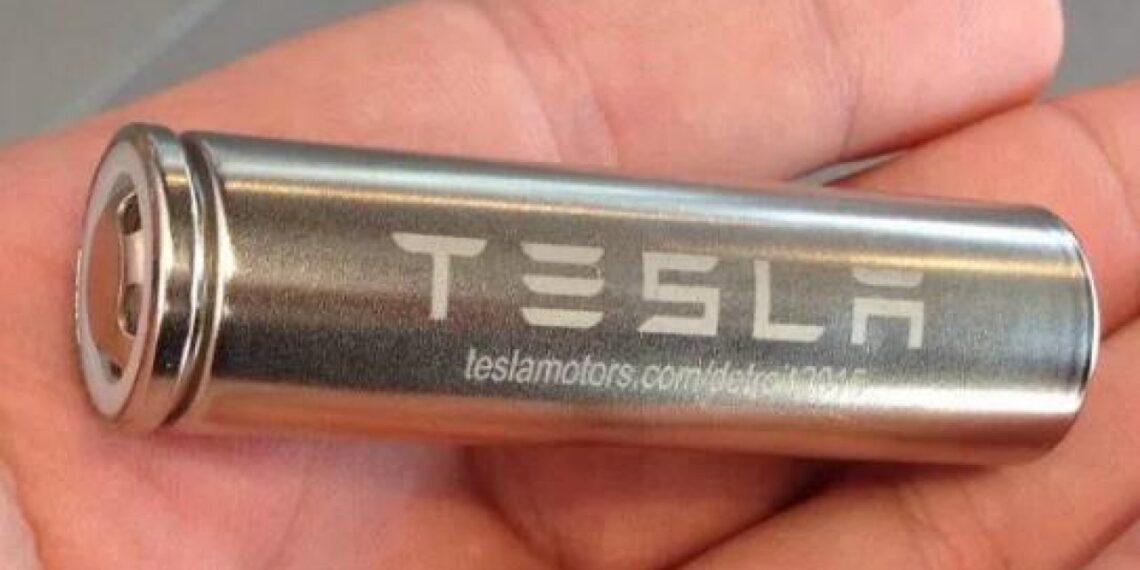Tesla has once again made waves in the energy sector with its latest patent for a prelithiated hybridized energy storage device, a breakthrough that could redefine battery technology. The newly granted U.S. Patent No. 12,218,303 B2, issued on February 4, 2025, marks a significant advancement in Tesla’s quest for high-performance, long-lasting, and more efficient batteries.
Filed by Tesla Inc. and spearheaded by Hieu Minh Duong alongside a team of top engineers including Porter Mitchell, Mohammed-Yazid Saidi, Joon Ho Shin, and Haim Feigenbaum, this patent focuses on an innovative lithium-carbon hybrid structure that could drastically improve battery efficiency, longevity, and safety. The technology integrates elemental lithium metal with carbon particles, a combination that optimizes energy density while mitigating common issues associated with lithium-ion batteries, such as degradation and overheating.
According to the patent, Tesla’s novel energy storage device consists of a first electrode, a second electrode, and a separator, with the first electrode incorporating an electrochemically active material and a porous carbon structure. The second electrode, which includes elemental lithium metal and carbon particles, plays a crucial role in enhancing performance and stability. This innovative architecture could lead to faster charging times, higher power output, and a longer lifespan, positioning Tesla as a leader in next-generation battery solutions.
Read Also: How Tesla’s Cybertrucks are aiding Los Angeles with WiFi and relief assistance
With the global demand for sustainable and high-capacity energy storage at an all-time high, this cutting-edge technology could be a game-changer, not only for Tesla’s electric vehicles (EVs) but also for renewable energy storage, consumer electronics, and industrial applications. The potential implications are massive, as Tesla continues to push the boundaries of battery innovation to meet the evolving energy needs of the future.
As the EV industry races toward better battery technology, Tesla’s latest patent signals a major leap forward. With rising competition from Chinese and European battery manufacturers, this development could give Tesla a substantial edge in the global market. If successfully implemented, these advanced lithium-carbon batteries could set new industry standards, delivering superior performance while reinforcing Tesla’s dominance in sustainable energy solutions.
This groundbreaking innovation underscores Tesla’s relentless pursuit of battery excellence and its commitment to creating a future powered by clean, efficient, and high-performance energy storage. The world now waits to see how quickly Tesla will bring this patented technology to market and revolutionize the battery landscape once again.






